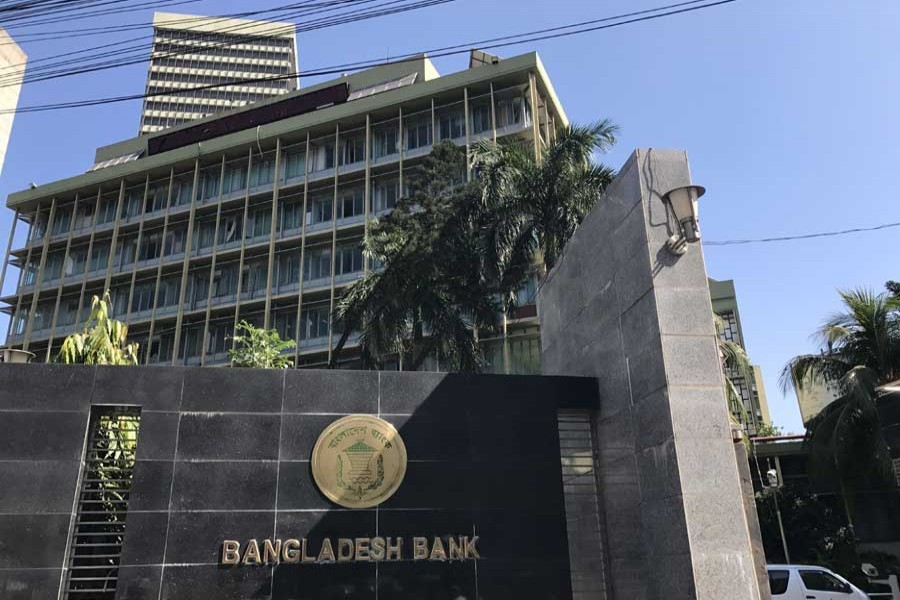Bangladesh Bank (BB) has requested banks and financial institutions (FIs) to formulate their own green bond-financing policies to facilitate investment in green projects and help achieve sustainable development goals (SDGs) of the country.
The policy, however, should be approved by the competent authorities of the banks and FIs, according to a circular issued on Tuesday.
Bangladesh is one of the pioneers in engaging its central bank (Bangladesh Bank) that issued regulatory policies for Green Banking, Guidelines on Environmental and Social Risk Management and Sustainable Finance Policy for the banks and FIs.
The circular said the government prioritised achieving the SDGs that requires significant sustainable investment in infrastructures.
Bangladesh is committed to lower greenhouse gas (GHG) emission by 5.0 per cent by 2030 while its Perspective Plan 2021-2040 and Bangladesh Delta Plan 2100 have ambitious targets of sustainable economic growth and highlighted the need for climate change mitigation and adaptation.
The global interest in green bonds - a type of fixed-income instrument specifically earmarked to raise money for climate and environmental projects - has been driven by the need to finance projects that will reduce GHG emissions, mitigate environmental degradation and contribute to sustainable development.
The geographical and demographical landscape of Bangladesh is acutely vulnerable to climate change and environmental degradation.
According to the circular, the target areas of investment from the proceeds of green bonds are: energy and resource efficiency in industry, green establishments and built environment, low-carbon transportation, circular economy, wastewater and water management, agriculture and land use, activities to enhance climate resilience not elsewhere classified, and services to support the low-carbon, climate resilient and green economy.
Eligibility criteria of the bank and FIs are: NPL must be less than 10 per cent (excluding state owned commercial banks); minimum capital adequacy including CCB (capital conservation buffer) shall not be less than the prescribed ratio for the last eight consecutive periods; no provision shortfall for the last two years; no shortfall in maintaining cash reserve requirement (CRR) and statutory liquidity requirement (SLR) for the last two years; CAMELS rating shall not be less than 2; minimum acceptable rating grade 2 of BB or equivalent for long term; minimum acceptable rating grade S2 of BB or equivalent for short term; and must be nonconvertible.
While financing in green bond, minimum investment grade of the instrument shall be equivalent to: long term- BB rating grade 2; short term- BB rating grade S3; not more than 5 per cent of the sum of paid-up capital, statutory reserve, retained earnings and share premium account as time to time prescribed by BB; single borrower exposure limit shall be maintained as prescribed by BB; CIB status of the borrower shall be verified through CIB database of BB; the instrument must be nonconvertible and also non-perpetual.
Green bonds are typically asset-linked and backed by the issuing entity's balance sheet, so they usually carry the same credit rating as their issuers' other debt obligations, the European Union defines.
International Capital Market Association (ICMA) defines green bonds as any type of bond instrument where the proceeds or an equivalent amount will be exclusively applied to finance or refinance, in part or in full, new and/or existing eligible green projects provided by transparent green credentials.


